Brutalist Architecture, the precursor of the modernist architectural movement flourished from the 1950s to the mid 1970s. Swedish architect, Hans Asplund first coined the word ‘Brutalism’ in relation to architecture to describe a square brick home called the Villa Göth in 1949. The trend was picked up by English architects Alison and Peter Smithson known for East London’s Robin Hood Garden council housing complex.
The Term ‘Brutalism’
The term ‘brutalism’ is a French term Béton brut which translates literally to ‘raw concrete’. The British architectural critic Reyner Banham book- ‘The New Brutalism: Ethic or Aesthetic?’ which made bruitism popular.
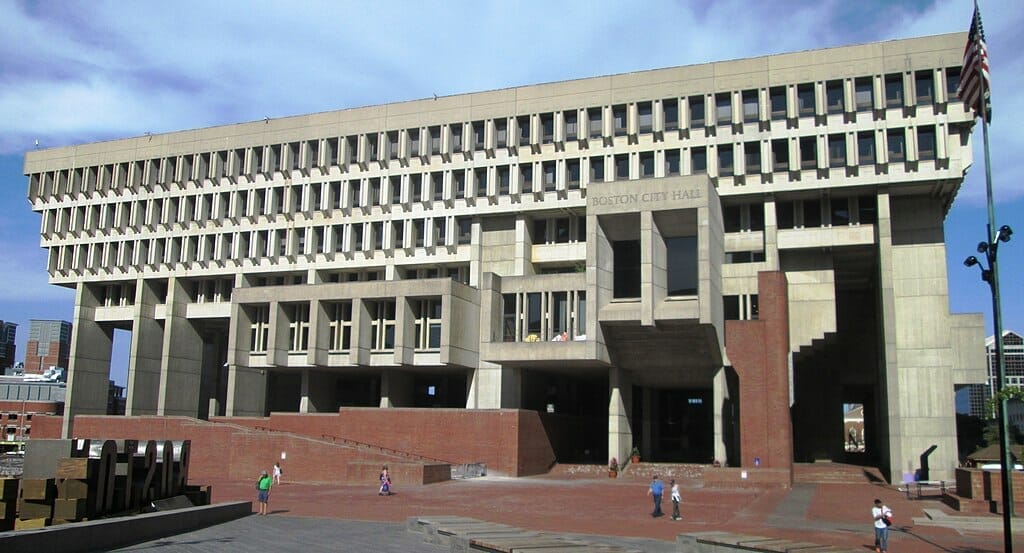
Image Credit: Beyond My Ken, CC BY-SA 4.0, via Wikimedia Commons
Characteristics of Brutalist Architecture
Brutalist buildings are massive in appearance, having a rough monolithic and ‘blocky’ rigid geometric style with emphasis on large-scale use of poured concrete which gives unfinished textured surfaces giving it a wooden form with overt display of service ducts and ventilation towers with small windows. Along with concrete, other materials commonly used in brutalist buildings included brick, glass, rough-hewn stone and steel.
History of brutalism
The best known early Brutalist architecture is the work of the Swiss architect Le Corbusier, who designed the Cite Radieuse in Marseilles in the late-1940s, Unité d’Habitation (1952) and the 1953 Secretariat Building in Chandigarh, India. This was a popular style in the United Kingdom after World War II as inexpensive options where sought for government construction projects and designing low-cost housing, universities, shopping\leisure centres, car parks and high-rise blocks of flats to provide progressive housing solutions.
Many architects across European communist countries such as the Soviet Union, Bulgaria, Yugoslavia, and Czechoslovakia found the Brutalist style appealing even when they had large budgets, for its ‘honesty’, sculptural qualities, and it’s uncompromising, anti-bourgeois, nature of the style.
The Fall of Brutalism
The popularity of Brutalist Architecture declined in the 1980s; as it was criticized for being unwelcoming and inhuman and due to its cold and austere nature. Another mark against Brutalism was that the raw concrete used in construction didn’t age well, often showing signs of water damage and decay which spoilt the overall aesthetic.
The high-rise buildings also became associated with crime, social deprivation and urban decay, so Brutalism was reviled, and across the UK, many Brutalist buildings were demolished for example the multi-storey car park in Welbeck Street, London W1.
New Appreciation for Brutalism
In 2006, Brutalist Architecture was critically reappraised, with certain buildings being classified as architectural landmarks. Three architects from Boston, Massachusetts started a rebranding campaign to relabel Brutalism as Heroic architecture. New Brutalist projects are now being built with distinct monumental concrete to be branded as ‘Neo Brutalism.’ These effort attempt to remove the negativity of the original term while preserving its reference to its scale and substance.
Examples of Brutalist architecture
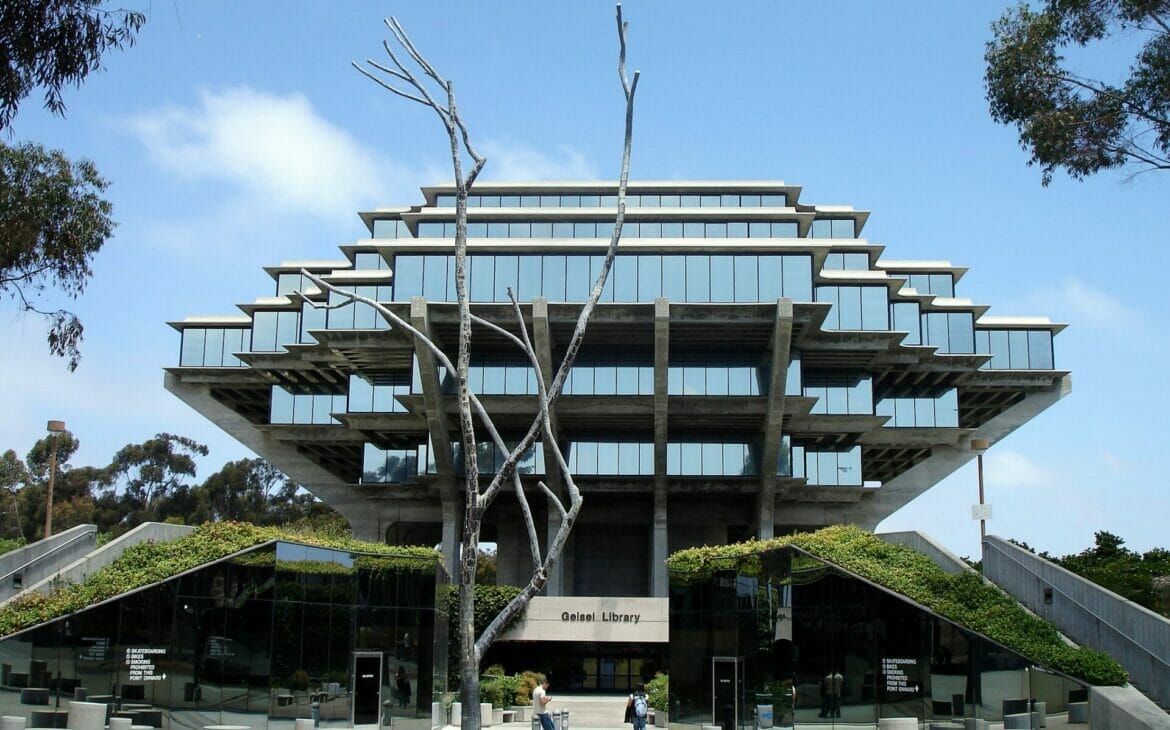
The University of California, San Diego’s Geisel Library is one of the most famous examples of Brutalist architecture and in fact this building is a combination of Brutalism and Futurism by architect William Pereira. He designed the structure to look like hands holding up a stack of books.
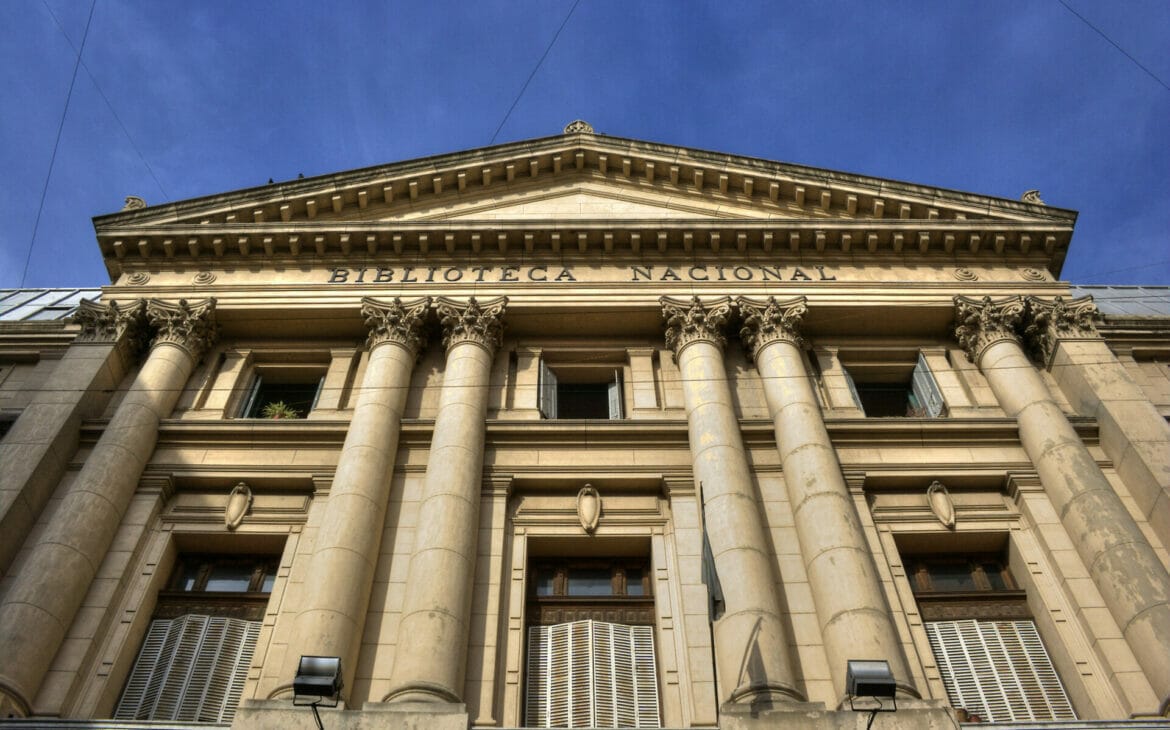
Architect Clorindo Testa designed Argentina’s National Library in 1961; credited with helping bring the Brutalist movement to Argentina.
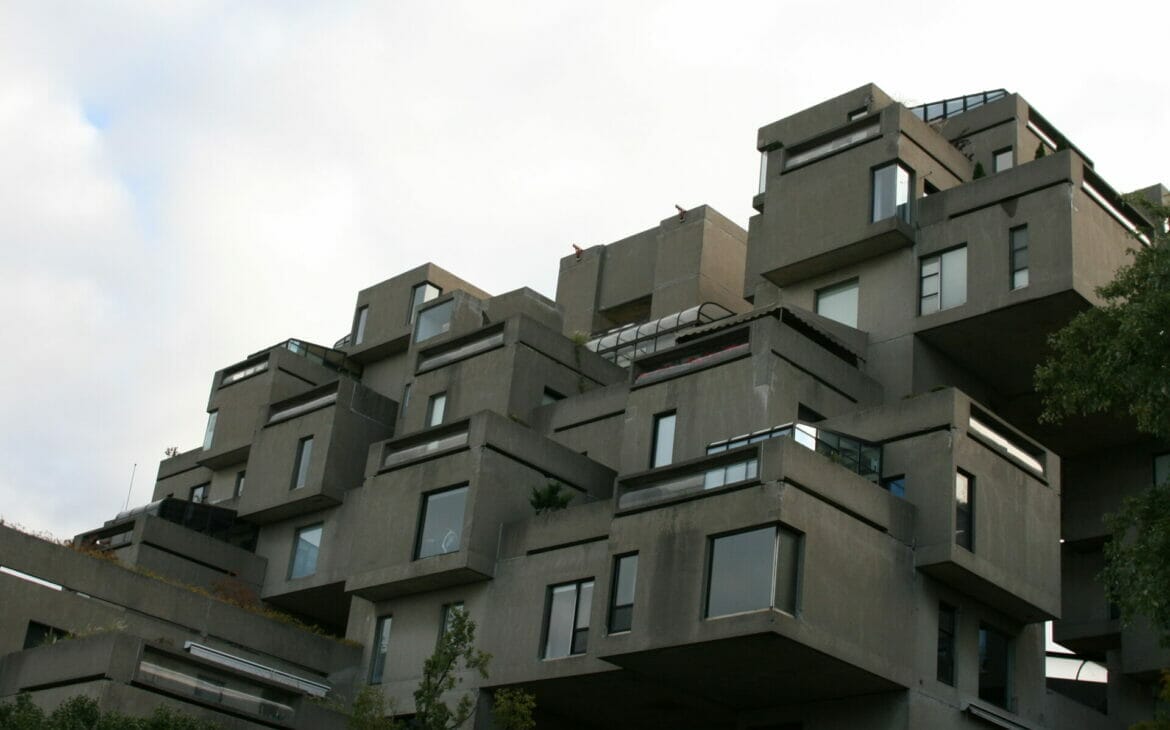
Also Read : BLOBITECTURE : AN ORGANIC FORM OF ARCHITECTURE
Habitat 67 by architect Moshe Safdie in Montreal is a recognizable community and housing complex comprising identical, prefabricated concrete blocks, which includes gardens, fresh air, and privacy.

Boston City Hall a fine example of American architecture was intended to make a statement about modern civic democracy and the building is split into different levels defined by function.
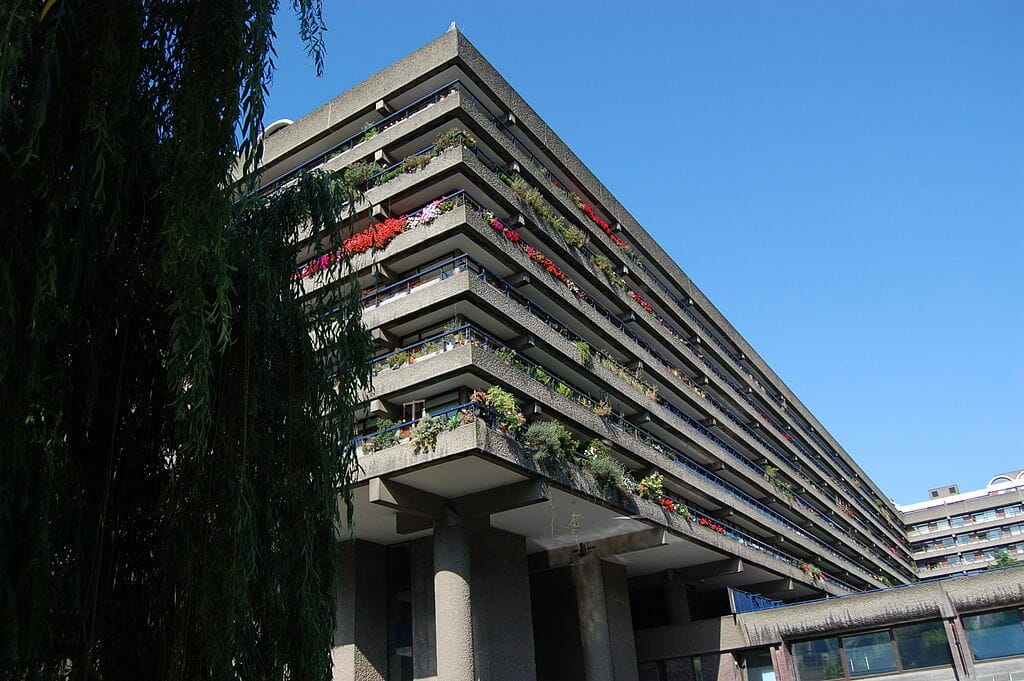
Barbican Estate located in the City of London is a towering complex of about 2,000 apartments and houses, mixed with cultural buildings. This is a prominent example of British Brutalist architecture.
Who introduced Brutalism?
The genesis of the brutalist design movement can be credited to French-Swiss Modernist architect Le Corbusier with the introduction of the Unité d’Habitation in Marseilles, France.
Is Brutalist architecture still used?
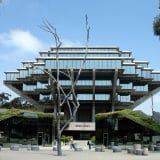
Almost three decades later, brutalism is making a comeback in building design trends.
Who is the father of Brutalist architecture?
Architect Le Corbusier is credited with the introduction of Brutalist architecture.
Is Brutalism eco friendly?

Brutalism, by its very nature, is harmful to the planet. The use of concrete may cause soil erosion, water contamination and flooding. Hence, by its very nature Brutalism is harmful to the environment.





















